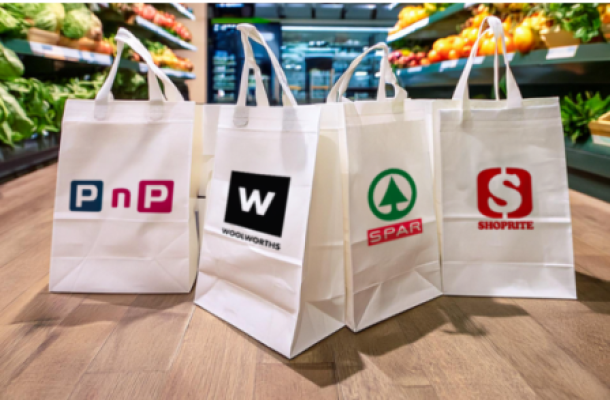How the lack of affordable vegetables is creating a billion-dollar obesity epidemic in South Africa
The Barilla Centre for Food and Nutrition's Food Sustainability Index (FSI) 2017 ranks 34 countries across three pillars: sustainable agriculture; nutritional challenges; and food loss and waste. South Africa ranks in the third quartile of the index in 19th place.
However, the country has a score of 51 on its ability to address nutritional challenges. The higher the score, the greater the progress the country has made. South Africa's score is lower than a number of countries on the index.
David Sanders, emeritus professor at the school of public health at the University of the Western Cape, and an affiliate of the Centre of Excellence in Food Security, says that South Africans have a very high burden of ill health, much of which is related to their diet.
But he adds that large corporates dominate every node of the food chain in the country, starting from inputs and production, all the way to processing, manufacturing and retail. "So it is monopolised all the way up the food system from the farm to the fork."
"The food system is creating, for poor people anyway, a quite unhealthy food environment. So for well-off people, there is sufficient choice and people can afford a nutritionally-adequate diet, even one of quite high quality.
Not enough nutrients
"But poor people can’t. In most cases, the great majority, don’t have a kind of subsistence farming to fall back on because of land policies and the fact that in the 24 years of democracy there hasn’t been significant development of small-scale farming," Sanders, who is one of the authors of a report on food systems in Brazil, South Africa and Mexico, tells IPS.
According to the report, about 35,000 medium and large commercial farmers produce most of South Africa’s food.
In addition, Sanders points out that a vast majority of rural South Africans purchase, rather than grow, their own food. "The food they can afford tends to be largely what we call ultra-processed or processed food. That often provides sufficient calories but not enough nutrients. It tends to be quite low often in good-quality proteins and low in vitamins and minerals – what we call hyper nutrients.
"So the latter situation results in quite a lot of people becoming overweight and obese. And yet they are poorly nourished," explains Sanders.
Read the original article on IPS News Agency.
News Category
- International retailers
- On the move
- Awards and achievements
- Legislation
- Wine and liquor
- Africa
- Going green
- Supplier news
- Research tools
- Retailer trading results
- Supply chain
- Innovation and technology
- Economic factors
- Crime and security
- Store Openings
- Marketing and Promotions
- Social Responsibility
- Brand Press Office
Related Articles

Checkers Sixty60 wipes floor with Pick n Pay As...

Top tips for consumers to combat escalating ele...

Clear winner in South African retail battle

Drinks survey reveals Rooibos as a top choice a...


